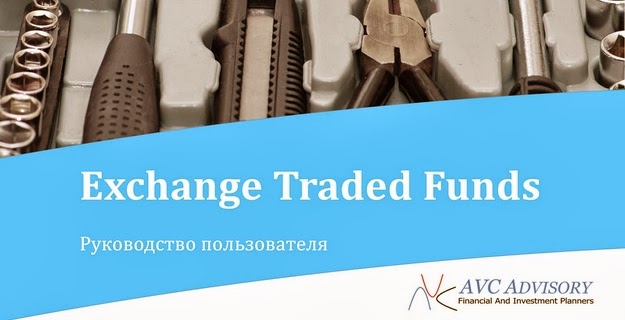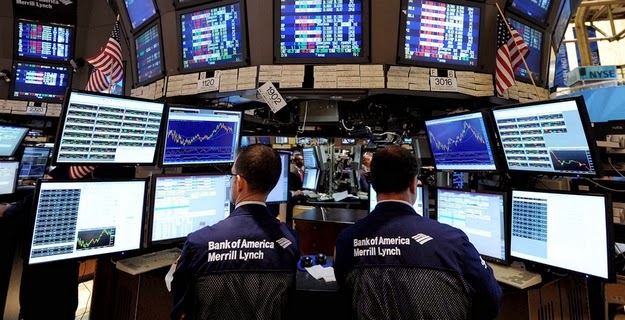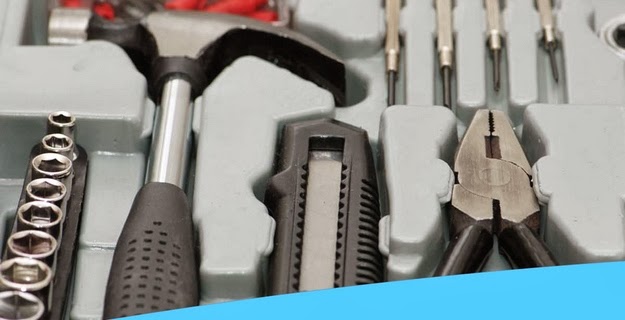The world of
structured products can be intimidating to
investors new to the market. At AVC
Advisory, experienced financial consultants are prepared to work with investors
interested in exploring structured products.
For those readers of our blog who are seriously considering structured
product investment, I recommend they contact one of AVC Advisory’s many
financial experts to discuss risks and specific structured products that best
cater to an individual investors goals.
For those who simply wish to begin reading about these products on their
own before sitting down with a consultant, a quick overview of the seemingly
arcane language of the structured product world will help readers make sense of
the information they come across.
Alpha:
Alpha is a
measure of a fund or stock’s performance by reference to a benchmark
index. It assesses the difference
between a stock fair and expected return.
Barrier
Option:
A barrier
option involves a mechanism where the limit price of an underlying asset activates
or nullifies the option. For example, if
gold is the underlying asset and the limit or spot price for an ounce is 1,500,
the terms of a structured product may stipulate that if the price of gold
increases above 1,500 the option is declared null and void. Principal may or may not be returned based on
the terms of the structured product.
Barrier options can also work like the previous example for a falling
price or can be activated rather than nullified by a rise or fall across a spot
price. Some structured products have two
such spot prices. These products are
referred to as double barrier options.
Beta:
Beta is a
measure of how return on an investment correlates to the return of the market
as a whole. The positive beta
coefficient indicates positive correlation with the market whereas a negative
coefficient indicates a negative correlation.
A beta coefficient of zero means that there is no correlation between
the return on investment and overall return in the market.
Call
Option:
A call
option is a contract between a buyer and a seller of an option in which the
buyer pays for the right to buy an asset at a predetermined spot price for a
period of time. The buyer is not
obligated to buy but must pay a premium for the option of purchasing the asset
at the spot price. The seller is obligated
to sell if the buyer decides to buy. The
buyer hopes that the asset price will rise above the spot price. An option in this state is called “in the
money.” (An option in which the asset
price and the spot price are the same is called “at the money.”) The seller hopes for the option to remain out
of the money. The difference between the
spot price and the trading price of an asset is the “intrinsic value” of an
option. At the money an option has no
intrinsic value, and in the money an option has positive intrinsic value.
Put Option:
The opposite of a call option is a
put option in which a buyer has purchased the right but not obligation to sell
an asset to a seller who is obligated to buy.
In this case, the buyer is betting that the price will fall and the
seller is betting that the price will not fall below the strike price in order
to collect the premium. Buyers
interested in reducing portfolio risk or protecting a long position in an asset
also purchase puts. The ration between
puts and calls, the “put-call ratio” is an indicator of market expectations
about the future price of an asset. When
call options outpace put options, bullish sentiment is indicated whereas a
higher volume of put options indicates bearish expectations.
Principal Protected Note:
The Principal Protected Note (PPN)
is a type of structured product that guarantees the return of principal at the
maturity date of a structured product plus any additional returns from the
performance of an underlying asset. The
principal protection portion of the PPN functions similarly to a zero coupon
bond. A zero coupon bond, also known as
a discount bond, is bought at a discount from the face value and does not offer
coupon payments.
Underlying:
Underlying refers to the underlying
asset upon which the terms of a structured product are constructed. An underlying may be a commodity, a stock, an
index, or any other financial asset.
![]()
![]()
![]()
































